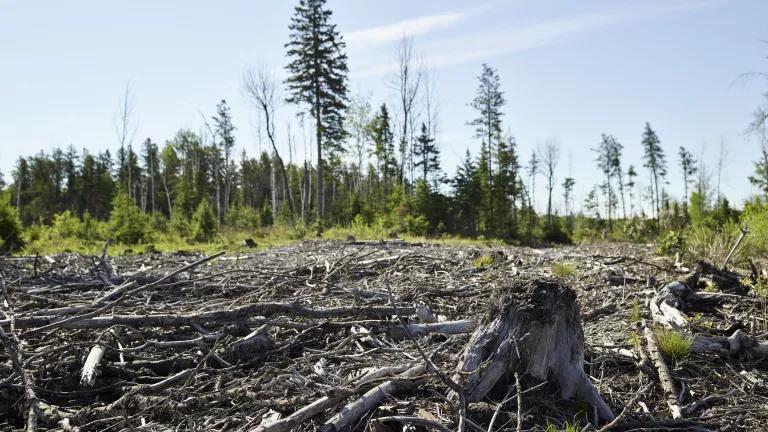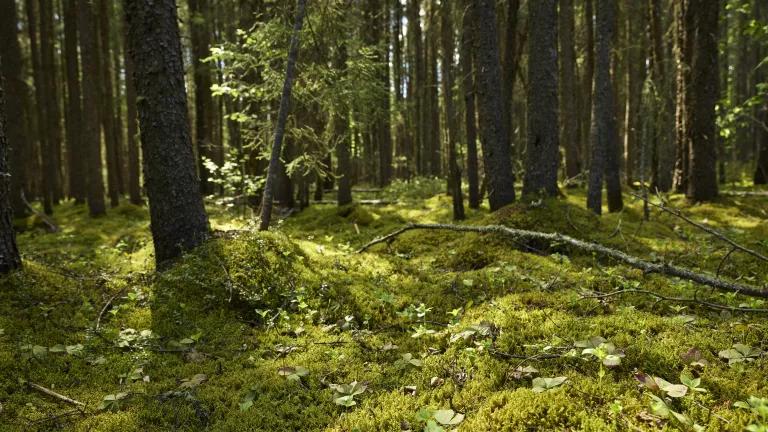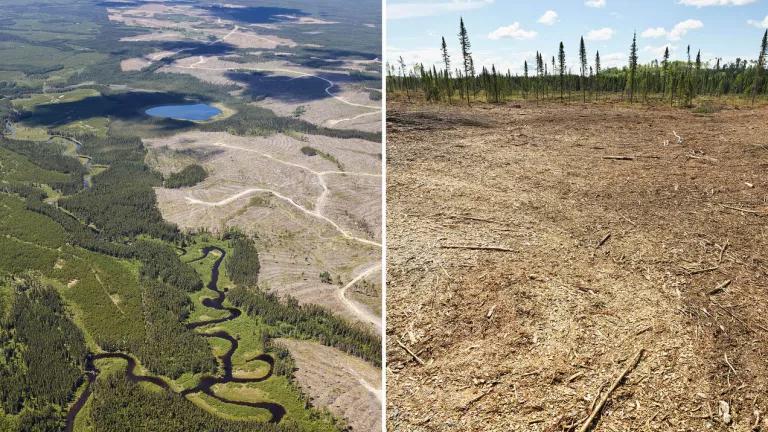Collaborative Solution Needed to End the Deadlock Over Dams

Today, NRDC joins a group of seventeen conservation, energy sector, and port leaders from across the Northwest in a letter to the governors of Oregon, Washington, Idaho, and Montana. Together, we announce our intent to work together to try and break the decades old logjam over management of the Columbia Basin dams. We ask the four states for support.
“It is clear that there is an urgent need for the region and all of us whose well being is tied to the Columbia and Snake Rivers to come together,” the letter explains. The longstanding struggle over dams and salmon in the Columbia Basin is arguably one of the toughest ecological, economic, energy, and environmental justice challenges confronting the Northwest.

With a drainage basin roughly the size of Texas, the Columbia River is the largest river in the Pacific Northwest. The Snake River is its largest tributary, and it once produced almost half the Basin’s fish. Native people have been living in the Basin for an estimated 12,000 years, sustained largely by the natural bounty and abundance of the River.

In 1937, the Bonneville Dam was built across the Columbia, and, after that, many more. The Nch'i-Wána (“Big River”) rapidly became a huge source of hydropower. The benefits of hydropower to the region were numerous. A place of exceptional natural beauty and rich with wild things now had clean, renewable, and affordable energy too. To use a recent example, Google just built a major data center on the banks of the Columbia, a facility that has become a symbol for the tech industry's growing need for massive amounts of electric power. Well beyond the tech industry, the region's need for zero carbon electricity is rapidly increasing.
The dams, however, were always controversial. They flooded entire villages, inundated fishing grounds, covered sacred burial islands, and dramatically altered the natural flow of the River. The toll on Native people has been incalculable. Many fish and other wildlife populations have suffered as well, and salmon and steelhead—whose natural life cycle takes them down the River to the ocean as juveniles and back up the River as adults—were hit especially hard.

Today’s letter calls for a Pacific Northwest regional process “to identify the actions and investments needed to recover harvestable salmon and steelhead populations, conserve other fish and wildlife, honor and protect tribal needs and way of life, and strengthen the electricity and agricultural services that communities rely on.” The shared call is for a “strategic vision and plan that moves all interests forward together” and finds a “way these interconnected challenges will be solved.”
The letter comes at a critical moment in this story. Since 1993, the federal government has put forth plans for how to manage the dams and avoid jeopardizing the existence of salmon and steelhead in violation of the Endangered Species Act. Each time, their plan has been challenged in court and come up short. Today, thirteen Columbia Basin salmon and steelhead populations remain at risk of extinction.
In 2016, federal District Court Judge Michael Simon, of Portland, ordered the federal government to conduct another environmental impact review of the entire Columbia River Hydropower Systems pursuant to the National Environmental Policy Act (NEPA). The Army Corps of Engineers, Bonneville Power Administration and the U.S. Bureau of Reclamation are set to release their draft Environmental Impact Statement (EIS) at the end of this week.
I doubt anyone working on this issue—familiar with the history and complexity of the problem—expects the new EIS to deliver the solution. It hasn’t for decades. But it is an opportunity to reconsider our approach. Now is the moment to see if we can stop fighting and start working together to find a durable solution—one that works for energy, for salmon, and for all the communities that love and depend on the River.




